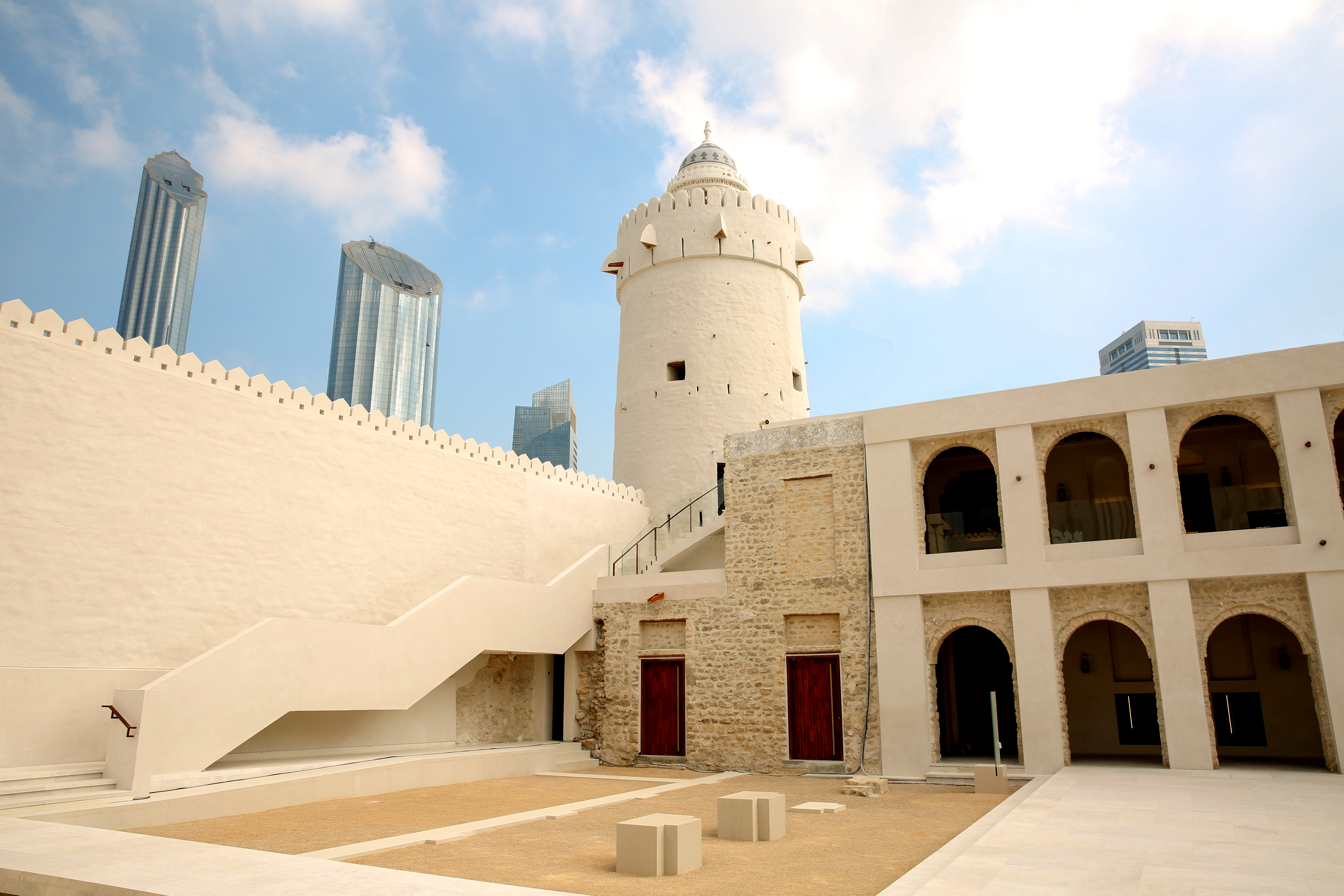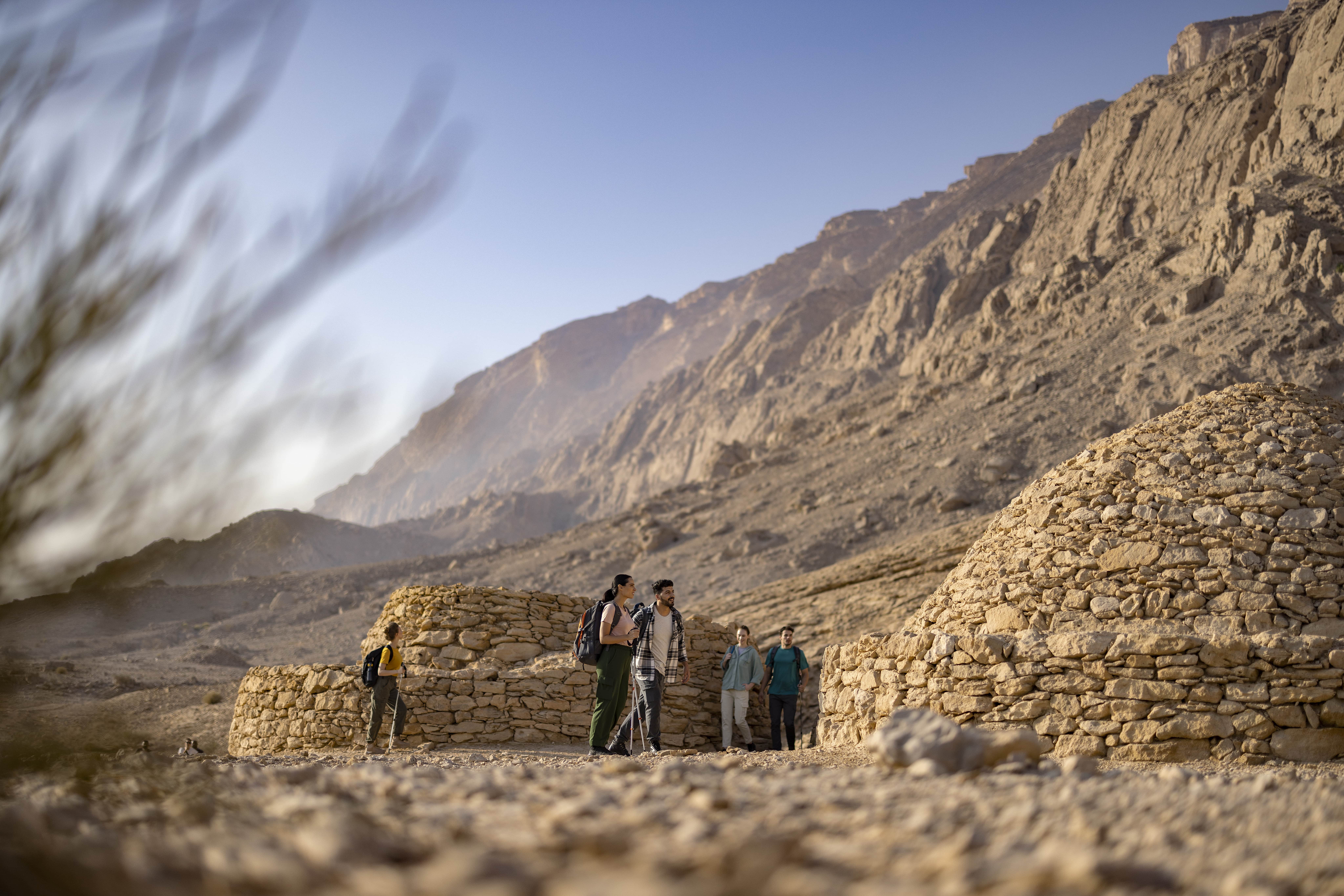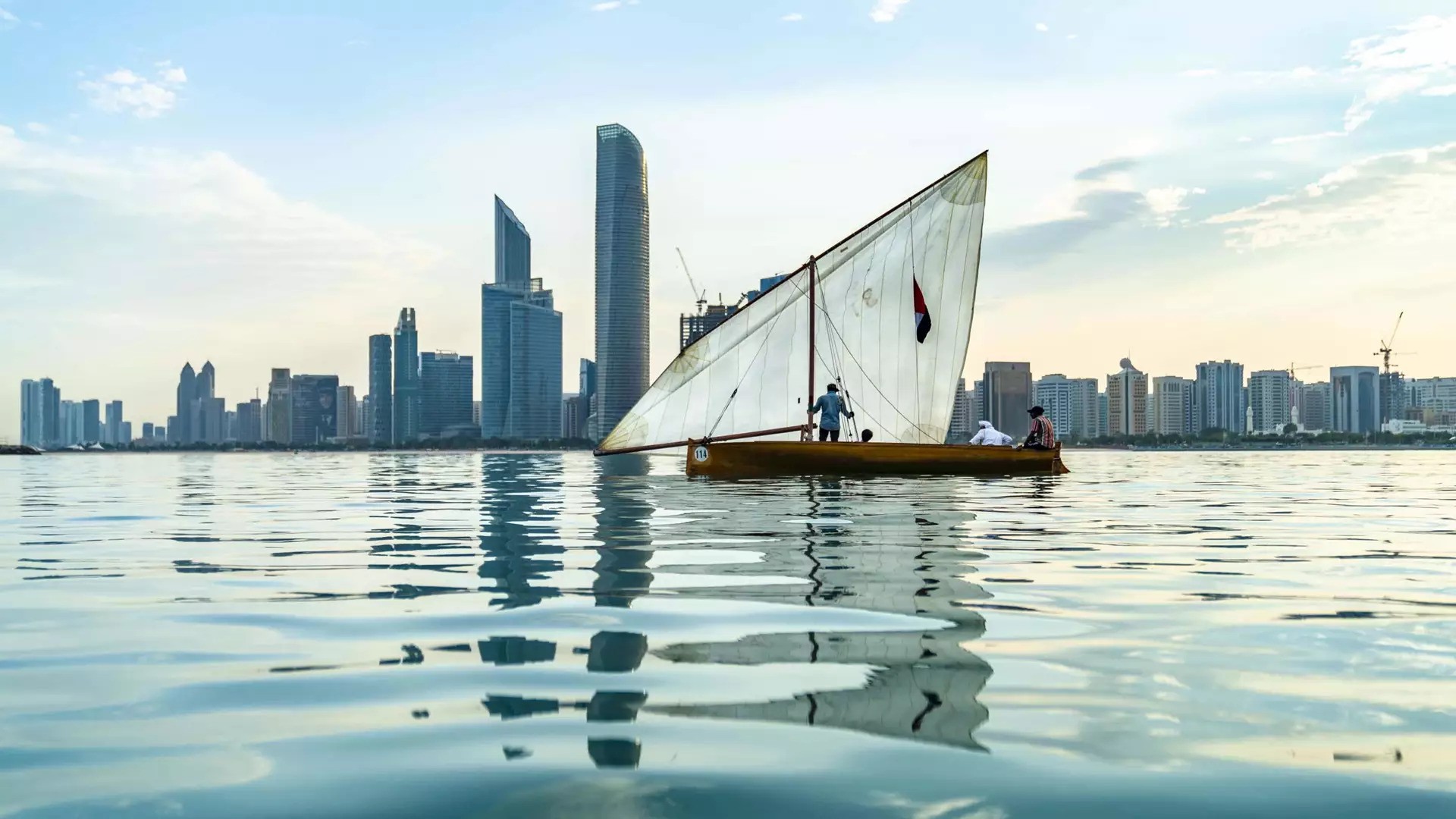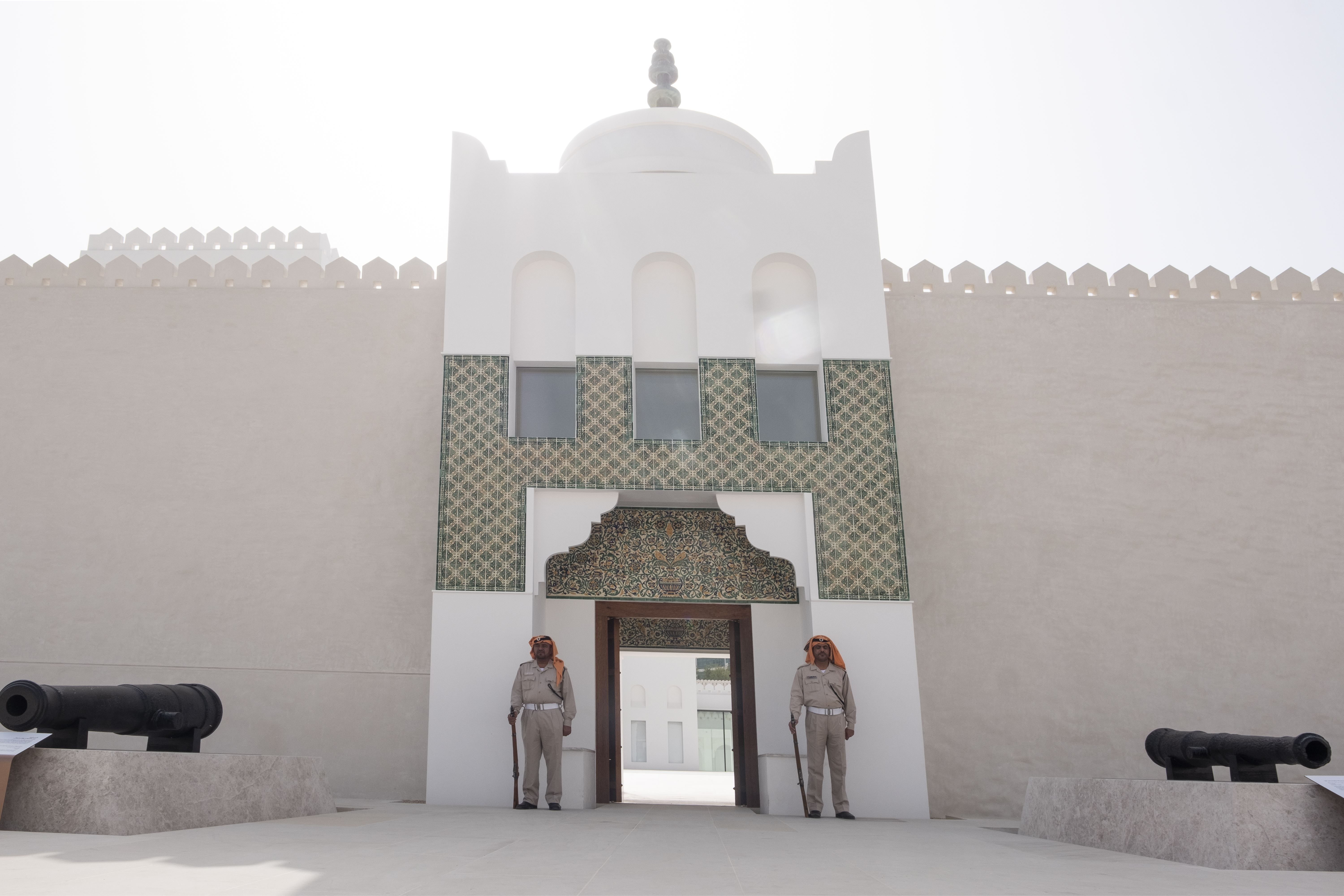
See All
Explore Abu Dhabi’s hidden neighbourhoods
Step off the well-worn Corniche Road seafront and you’ll find a different side of Abu Dhabi—one shaped by quiet canals, centuries-old forts, and neighbourhood souqs that most visitors never see. As you explore Abu Dhabi's hidden neighbourhoods, you'll find a watchtower that once guarded the only route onto the island to village-style communities where tradition still sets the pace. These lesser-known districts offer a more personal perspective on the capital’s past and present.
Al Maqta: the historic gateway
Built in the late 18th century, coral-stone Al Maqta Fort once guarded the only land approach to Abu Dhabi. The squat watchtower is still easy to photograph from the footpath below the E10 fly-over, but the fort itself remains closed to interior visits—recent guides and round-ups list it as “view from outside only” while the visitor centre awaits a new restoration brief.
Just fifty metres upstream stands the original Maqta Bridge (1968), Abu Dhabi’s first permanent link to the mainland. Since 2023, brown heritage signs point drivers to a small lay-by beneath the bridge; from there, a paved walkway lets you take pictures of the sun rising with minimal traffic.
For an even closer angle, several guided kayak or abra trips depart from Souk Qaryat Al Beri and the Ritz-Carlton marina, heading along Khor Al Maqta (also known as the Grand Canal). Their sunset routes skirt the bridge’s arches, giving paddlers a fort-level view with the Sheikh Zayed Grand Mosque glowing behind.
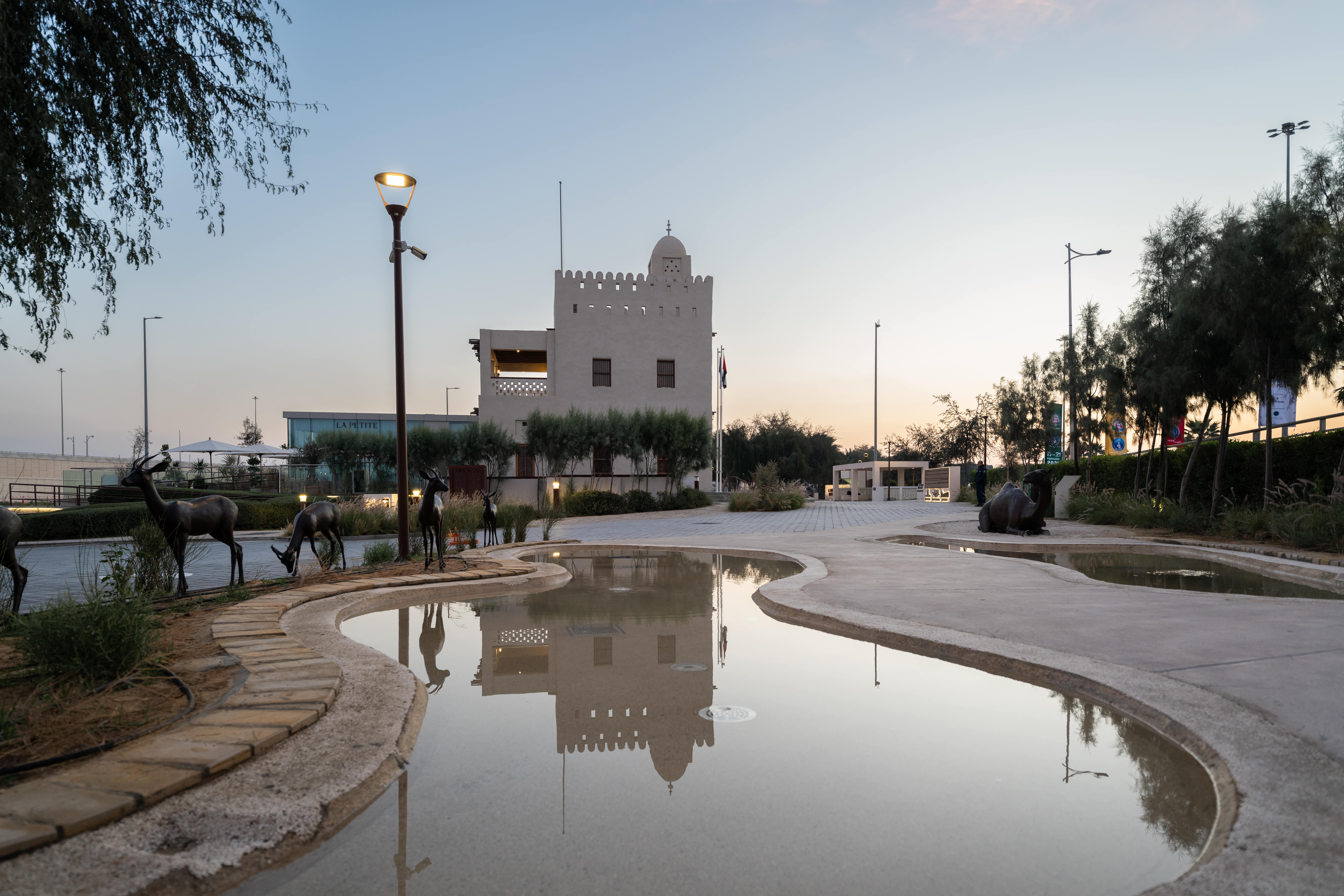
Be inspired
Frequently asked questions
How old is Maqta Fort?
The Maqta Fort in Abu Dhabi is around 225 years, historians date its construction to the late 18th century.
When was Maqta Bridge built?
The first span of the Maqta Bridge opened in 1968, giving Abu Dhabi its inaugural road link to the mainland.


